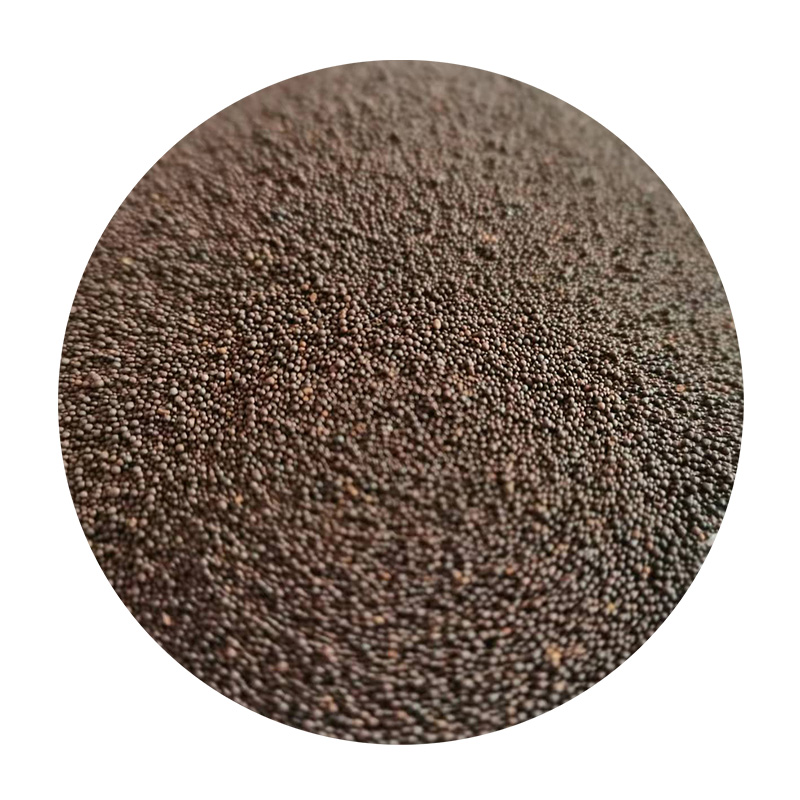The Art and Science of 3D Sand Casting
3D sand casting is an innovative manufacturing process that combines traditional sand casting techniques with modern 3D printing technology. This method stands at the intersection of art and science, enabling the production of complex metal components with enhanced accuracy and efficiency. As industries evolve and demand more sophisticated components, 3D sand casting has emerged as a reliable and versatile solution.
Understanding Sand Casting
To appreciate the advantages of 3D sand casting, it's crucial to first understand the traditional sand casting process. Sand casting has been used for centuries and involves creating a mold from a sand mixture, which is then used to form parts by pouring molten metal into the cavity. The process is not only cost-effective, making it suitable for both small and large-scale productions, but it also allows for the creation of intricate shapes that would be difficult to achieve with other methods.
Traditional sand casting, however, has its limitations. The process can be time-consuming, especially when creating molds manually. Moreover, the quality and precision of the mold are often dependent on the skill of the craftsmen involved. This is where the integration of 3D printing comes into play.
The Emergence of 3D Sand Casting
3D sand casting leverages 3D printing technology to create sand molds and cores directly from digital models. This method significantly speeds up the production process and expands design possibilities. With 3D printing, manufacturers can produce molds with intricate designs that are not feasible through traditional techniques. Features such as internal channels or complex geometries can be easily incorporated, allowing for more efficient and lightweight designs.
The process begins with a digital design made using CAD (computer-aided design) software. Once the design is complete, it is converted into a format compatible with 3D printing. The printer then deposits layers of sand mixed with a binder, gradually building the mold according to the specifications. Once the printing is complete, the mold is ready for pouring the molten metal. The whole process can be completed in a fraction of the time taken to produce a traditional sand mold.
3d sand casting

Benefits of 3D Sand Casting
The advantages of 3D sand casting are manifold. Firstly, the speed of production is significantly increased, leading to shorter lead times. This is particularly beneficial in industries where time-to-market is critical. Secondly, the precision of 3D-printed molds reduces the likelihood of defects in the final product, improving overall quality.
Moreover, the ability to create highly complex shapes aids in the design of lightweight structures, which can contribute to improved performance in applications such as aerospace, automotive, and industrial machinery. Additionally, the reduction in material waste, thanks to the precise nature of 3D printing, aligns with sustainability goals—an increasingly important aspect in modern manufacturing.
Challenges and Future Prospects
Despite the many advantages, 3D sand casting face certain challenges. The technology is still relatively new, and many manufacturers may be hesitant to invest in new equipment or processes. Additionally, while the upfront costs of 3D printing can be higher than traditional methods, the long-term savings from reduced waste and faster production times often justify this investment.
Looking ahead, the future of 3D sand casting appears promising. As advancements continue in 3D printing technology and materials, the process is likely to become even more efficient and accessible. Industries are increasingly recognizing the potential of additive manufacturing, paving the way for broader adoption and innovation in 3D sand casting applications.
In conclusion, 3D sand casting represents a significant leap forward in manufacturing technology. Combining the age-old method of sand casting with cutting-edge 3D printing techniques not only enhances efficiency and precision but also opens up new avenues for creativity in design. As industries continue to evolve, 3D sand casting will undoubtedly play a vital role in shaping the future of production.
Post time:des. . 12, 2024 10:49
Next:sand casting applications
